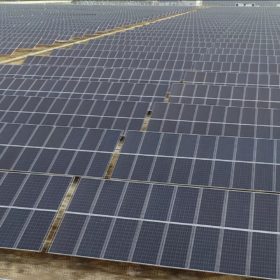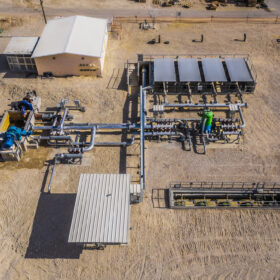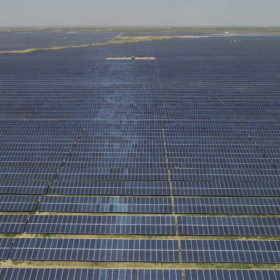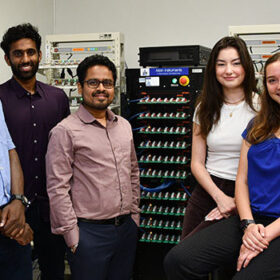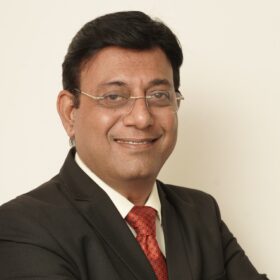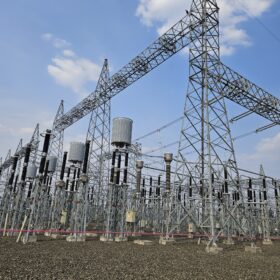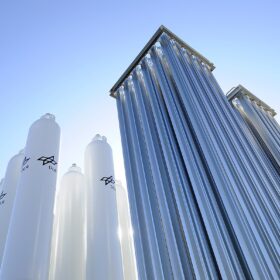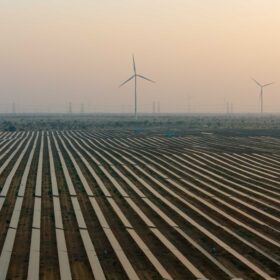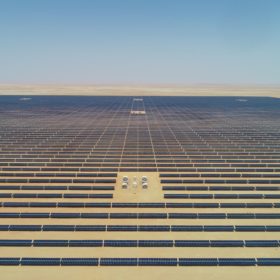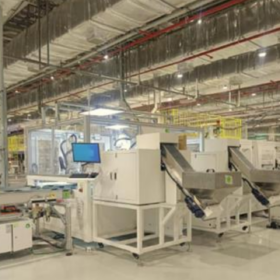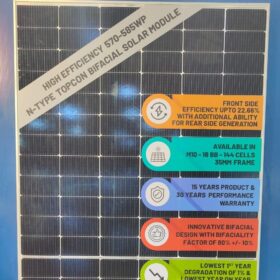SJVN to add 6.8 GW of wind, solar over two fiscals
SJVN expects to commission 2,498 MW of wind and solar power generation capacity in fiscal 2025 and another 4,330 MW in FY 2026.
Long-duration energy storage poised to outcompete lithium-ion batteries
While most long-duration energy storage (LDES) technologies are still early-stage and costly compared to lithium-ion batteries, some have already or are set to achieve lower costs for longer durations, finds BloombergNEF.
New study provides state-wise renewables addition plan for India
A new study by government thinktank NITI Aayog provides state-wise renewable energy potential that can be harnessed by states to meet their renewable purchase obligations, RE capacity that needs to be procured by the deficit states from other RE-rich states, and storage requirement to meet the required grid balancing. The study was carried out with the support of the Central Electricity Authority and the Ministry of New and Renewable Energy.
Bringing lithium-sulfur batteries closer to commercialization
Researchers at the University of South Carolina have successfully transitioned their highly-durable lithium-sulfur battery technology from coin to pouch cells and reported competent energy densities.
Another bidding extension for 25 MW AC solar plant with 20 MW/50 MWh battery storage in Leh
Solar Energy Corp. of India (SECI) has extended bidding for the installation and commissioning of the 25 MW AC (50 MWp DC) solar PV plant with 20 MW/50 MWh battery storage in Leh by another two weeks.
Jakson Green secures INR 600 million to advance renewable energy projects
Jakson Green has secured a sustainable trade facility of INR 600 million ($7.2 million) from HSBC India. This funding will support the company’s working capital requirements for its renewable energy business, both in India and internationally.
The role of renewable energy in achieving India’s net zero goals
The road to net-zero emissions in India doesn’t require herculean efforts. We can get there by wholeheartedly adopting renewables, investing in innovation and technology, and promoting public-private partnerships to build a better, cleaner, and more sustainable India for generations to come.
IndiGrid Q4 FY 2024 revenue grows 31% year-on-year
IndiGrid’s consolidated revenue for the quarter ended March 31, 2024 was up 31% to INR 7,856 million.
Policy uncertainty creates ‘gap’ between hydrogen aims and reality, says BNEF
BloombergNEF (BNEF) says in a new study of 1,600 planned hydrogen projects that governments will miss their 2030 hydrogen targets. Analyst Adithya Bhashyam tells pv magazine that most of the announced projects to the end of this decade lack the key conditions for success.
India expected to install 21.2 GW of solar in FY 2025
JMK Research projects 21.2 GW of new solar capacity addition in FY 2025. This will comprise 16.5 GW of utility-scale, 4 GW rooftop, and 700 MW off-grid installations.
